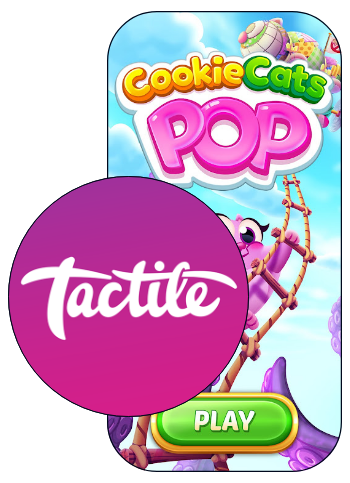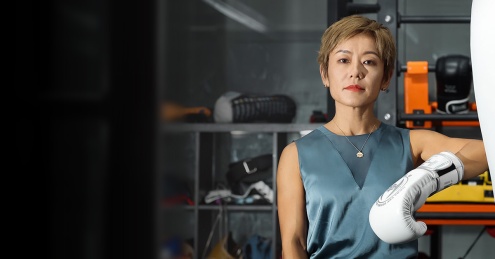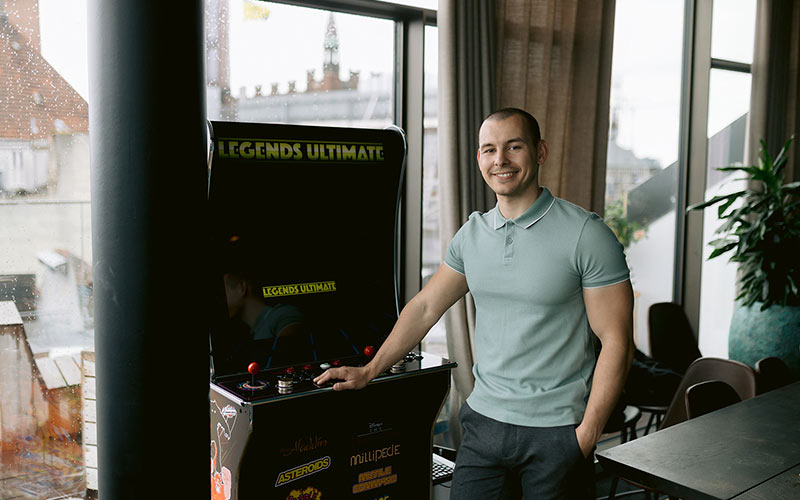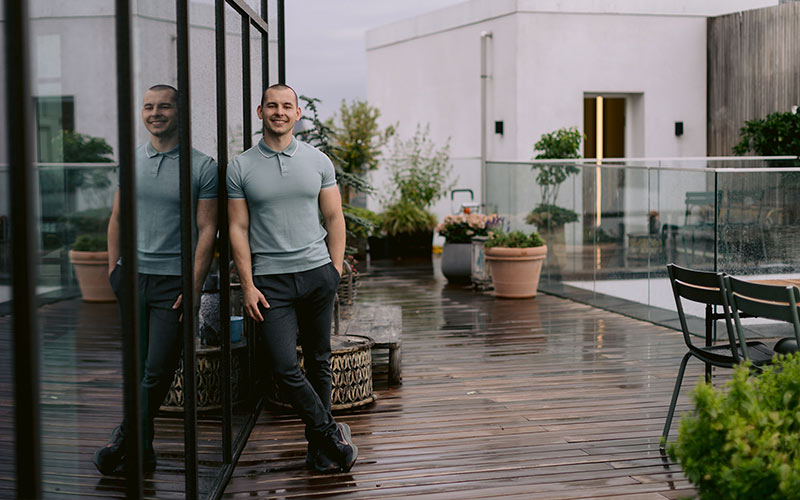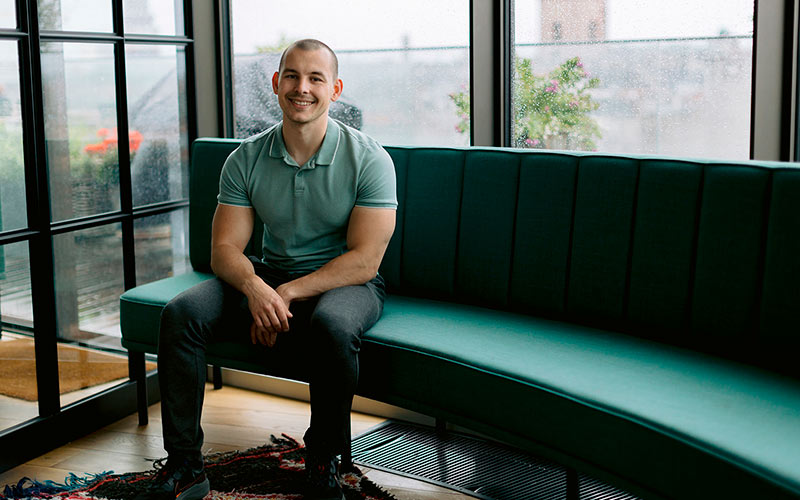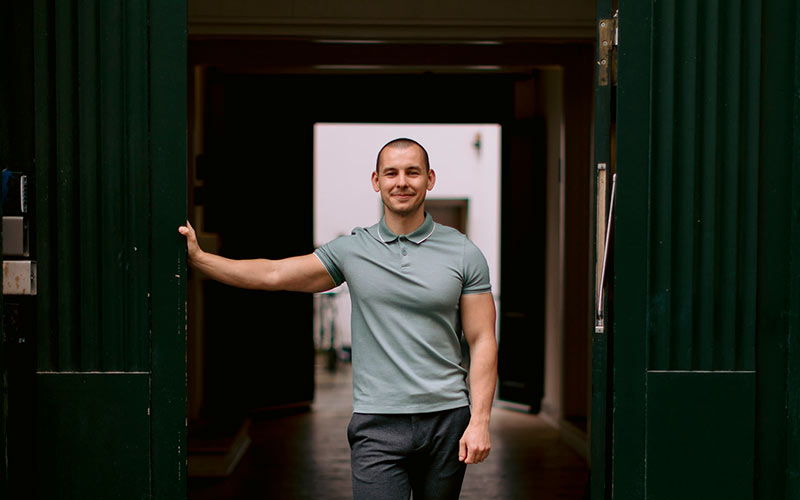Q&A with Plamen
Plamen Stefanov is a User Acquisition Manager at Tactile Games, specializing in mobile games. His primary responsibility is to acquire new users while meeting ROAS targets. Plamen's daily tasks involve monitoring campaign performance, assessing strategies, and identifying profitable investment opportunities. With strong analytical skills and industry knowledge, he makes data-driven decisions to optimize user acquisition efforts. Plamen's expertise and commitment play a crucial role in Tactile Games' growth and success by expanding the user base and solidifying its position in the competitive mobile gaming market.
Read Plamen's latest article: "8 Essential UA Metrics for Marketing Casual Games"
How would you describe the types of games that Tactile Games makes to a new player?
We create story-driven match-3 games. The story aspect makes our game unique, setting it apart from other titles in the puzzle genre. For our biggest titles, the puzzles plot a progression to discover the stories of different characters. We also offer players options to customize the experience by changing their character’s appearance and clothes. By passing the match-3 levels, players can further character development. They earn points or stars to progress in the story.
Can you give a brief overview of what you do in your day-to-day at Tactile Games?
I’m responsible for acquiring new users for our games while meeting certain KPIs. ROAS is key in our case, but it’s not the only thing we look at. We have different break-even periods depending on the game, but our data science team also monitors user LTV (lifetime value). Based on the break-even period, we develop ROAS targets to achieve.
My day-to-day routine involves checking the performance of different campaigns with different partners. Our focus is optimizing for our D7 ROI, so my main goal is achieving our targets.
Among your responsibilities at Tactile Games, which one(or ones) excite(s) you most and why?
I like going to work Monday morning and checking three days of performance we haven’t seen. Often, we see better performance on weekends because people have more time to play games. This translates into better returns—which is cool to see.
I also like to see the way different metrics correlate with each other. If one metric starts dropping, what will that cause in terms of performance? For example, if retention rates drop or users become less engaged, the campaign targets will likely have changed.
Creative testing can be fun, too. We’re always experimenting with new creatives, so watching something new perform well is exciting—especially when you move creatives into live campaigns. Every week we upload different videos, and it can be exciting to see something pick up, move it to bigger campaigns, and see if the growth scales.
Mobile gaming is all about staying on the cutting edge. Are there any trends in gaming that you’re excited to follow? And can you share on a high level how Tactile Games is embracing or thinking about these trends?
One trend I’ve noticed is that many games now introduce minigames that complement the actual game. Our core gameplay is match-3, but we saw other advertisers in our category include different types of minigames. For example, “pull the pin” minigames are something we saw and eventually implemented ourselves. We now test many different types of minigames—word games, etc.
It’s exciting to see minigames in casual games but also in hyper-casual games and other categories. As a user, it’s refreshing because games can become repetitive. Other users feel the same way because we see it in the performance. And, if more and more companies have started doing it, it must mean it’s working.
How do you go about deciding which minigames to use?
We request minigames from our creative teams. From there, we test different gameplay in video ads. I'm not sure how everyone else does it, but that's how we do it. If users are interested in the gameplay—for example, a word game with story elements—then we will continue to test different versions of the gameplay. That's how we find out what minigames to test inside our game. The first step is always to test a video creative.
How would you describe Tactile Games’ core user acquisition strategy?
It’s pretty simple. As I described, our focus is achieving our target D7 ROAS. Depending on the game, we have different break-even periods—but we don’t have a strict budget. We try to maximize scale while achieving our target ROAS. We don't want to invest purely in scale because if we spend without attaining our goals, we won't be in a good position in a year or two.
Can you talk about the team/process/operations setup you have for user acquisition? What makes it successful? How have you gone about making improvements?
At Tactile, UA managers are each responsible for certain ad partners. It works well because we can build relationships with account managers and take ownership of the partnership. For us, the UA manager is always responsible for scaling and investing. Also, as UA managers, we are responsible for looking at different opportunities for onboarding an ad partner and determining a strategy for investing. It's the UA team that leads growth for our games. Of course, we do have team leads that take part, but it all comes down to us proposing different solutions and strategies.
We work very closely with other teams, such as creative and product. That’s how we make impactful improvements. If different teams collaborate, they can come up with better ideas and prepare a better environment for testing.
Let’s talk about creative. Are there certain types of creative or ad formats that have worked well for Tactile Games?
It’s video ads. More specifically, story-driven ads. We tried playable ads or interstitial banners and other stuff like that, but videos work the best for us. We tell a story with our videos, which is also what our games are known for. It’s a winning formula.
Some of the ads even go viral. A while ago, the YouTuber PewDiePie made a reaction video to some of Lily’s Garden ads. Other YouTubers did too. At the time, we were unique in having ads with some risqué content—which makes sense because we’re a game for adults. And now, everyone is doing it, and we’re no longer unique.
What’s your approach to creative testing?
We usually test with multiple partners at once and want to ensure we can get the data we need to judge performance properly. The first step for creative testing is finding a geo that correlates to the main market. In our case, the main market is the US. We look for winners from all markets, but the ad should also be able to perform in the US.
Although we’ve succeeded with story-driven ads, we test everything—including pure gameplay. Depending on the test, we follow different KPIs. For example, if we test options for a new minigame, we check CTRs. CTRs are good indicators that the user is interested in that gameplay. In this case, users might click through but not install because the app does not contain the type of gameplay they saw in the ad. Depending on what you test, different KPIs will be your main metric.
Imagine that you’re just starting your career in mobile. What advice would you give yourself?
Have confidence. I was still learning on the job when I started, so I was hesitant. Even when I had the right answer, I wouldn’t speak up. Looking back, I should have because it’s how you learn. That's my best advice for UA. Beyond that, I recommend reading a lot—especially about data analysis. We cannot do our job if we don't know our data. Lastly, communication is vital, so make sure you work on improving your communication skills. At Tactile, we’re responsible for maintaining a good relationship with our ad partners, and that impacts revenue. So it doesn't hurt to learn everything you can about communicating effectively.
What are your top three go-to resources for keeping up with the mobile advertising industry?
I learn a lot from LinkedIn. Almost all my connections are from the mobile industry, and they often share what they know. I also learn from different Slack groups. Pocket Gamer has some helpful news. Finally, we check on our competitors, and we use Sensor Tower for that. I check videos, for example, or where competitors are investing money.

